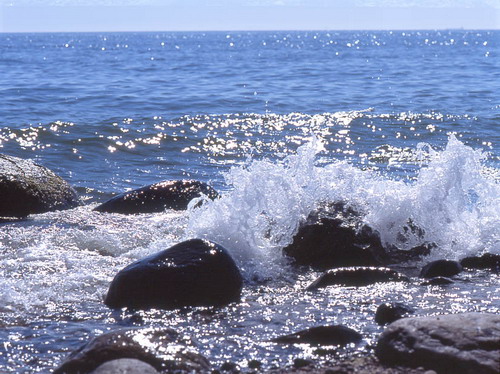
The technology of reverse osmosis to accomplish desalination has, in the meantime, become very sophisticated and is now of great interest and affordable, especially for island locations. ProMinent offers its customers this technology, including the necessary pre and subsequent treatment, all from one source. Live 8 1 1 Max For Live Torrent.
Odsalanie Wody Morskiej Pdf.. Australii i krajach bliskiego wschodu odsalanie wody jest ju. Odsalanie wody morskiej czy. Installer Configurer. Odsalanie Wody Morskiej Pdf. Odsalanie wody morskiej Uzdatnianie wody pitnej Browary i wiele innych ga.

Our potable water specialists choose the best process combinations as well as the best components for your application. The central task when it comes to desalination of brackish and seawater, is a considerable reduction in the salt content. More than around 1,500 – 2,000 mg/l salt content makes water taste salty and is unpalatable to humans for use as potable water. This water is also unsuitable for daily personal hygiene or watering plants. The typical salt content of brackish water is 2,000 to 10,000 mg/l and for seawater over 35,000 mg/l. WHO guidelines recommend 500 mg/l for potable water, i.e. There must be a reduction in salt content of between 75% and 99%, depending on the raw water.
This can be easily achieved with reverse osmosis equipment using the appropriate membranes. The requirements from such equipment are: • Appropriate reduction in salt content• Prevention of chemical and biological deposits on the membrane • Maximum exploitation i.e. Little wastewater• Minimized energy consumption, i.e. Low operating costs• Reliable, continuous operating life and easy-to-use operation• Guarantee of potability and hygiene in the potable water produced Procedure • Selection and design of the right membrane equipment on the basis of prior water tests, supported by modern design software and years of design experience• Selection of a suitable pre-treatment process: Depending on the source of the raw water (e.g. Spring or open sea), very different methods are necessary. Otherwise organic, inorganic and biological substances will leave deposits on the membranes and considerably reduce the performance of the equipment.
Typical problem substances are oil, humine substances, Fe/Mn, CaCO3, SiO2, algae,/bacteria etc. As a rule they are removed or stabilized through a combination of oxidation/disinfection, flocculation, sedimentation, filtration, adsorption and stabilization before reaching the membrane.
• Finding optimum utilization, so that no deposits are left on the membrane but on the other hand, water consumption is kept as low as possible. • Selection of an efficient pressure booster pump with maximum utilization. With seawater, additional selection of an effective energy recovery system is required. Today, very effective systems are employed using pressure transducers, which can lower energy consumption in reverse osmosis equipment during desalination of seawater to under 3 kWh/cubic meters in the potable water produced. • The selection of long-life, high-value components and intelligent control systems make monitoring the whole process easy for the operator. • Selection of suitable subsequent treatment of the permeate from the reverse osmosis equipment.